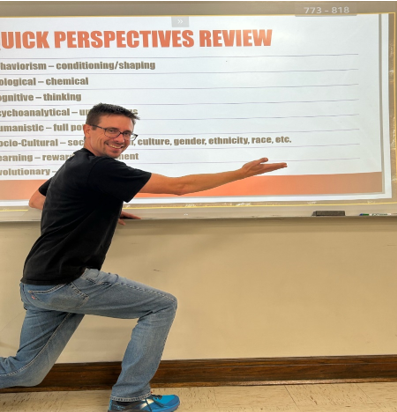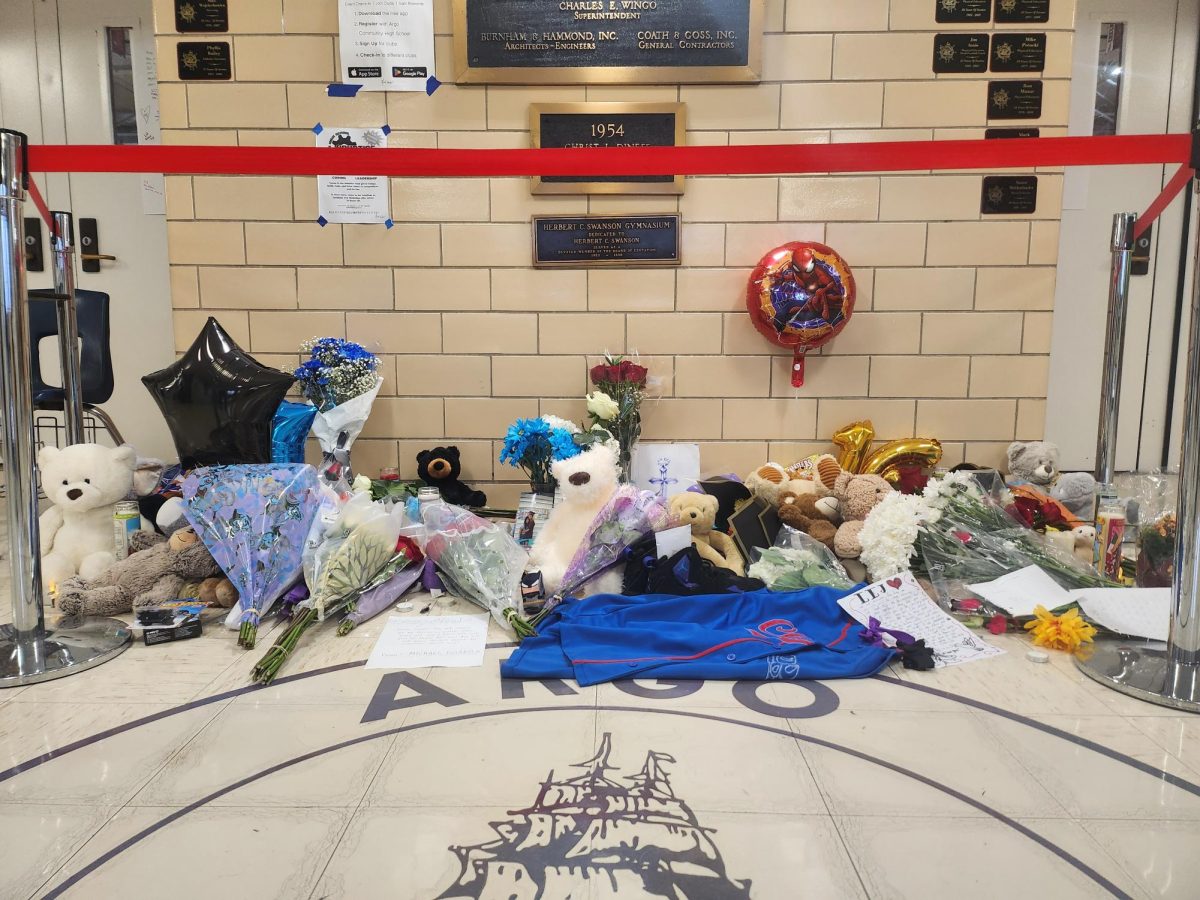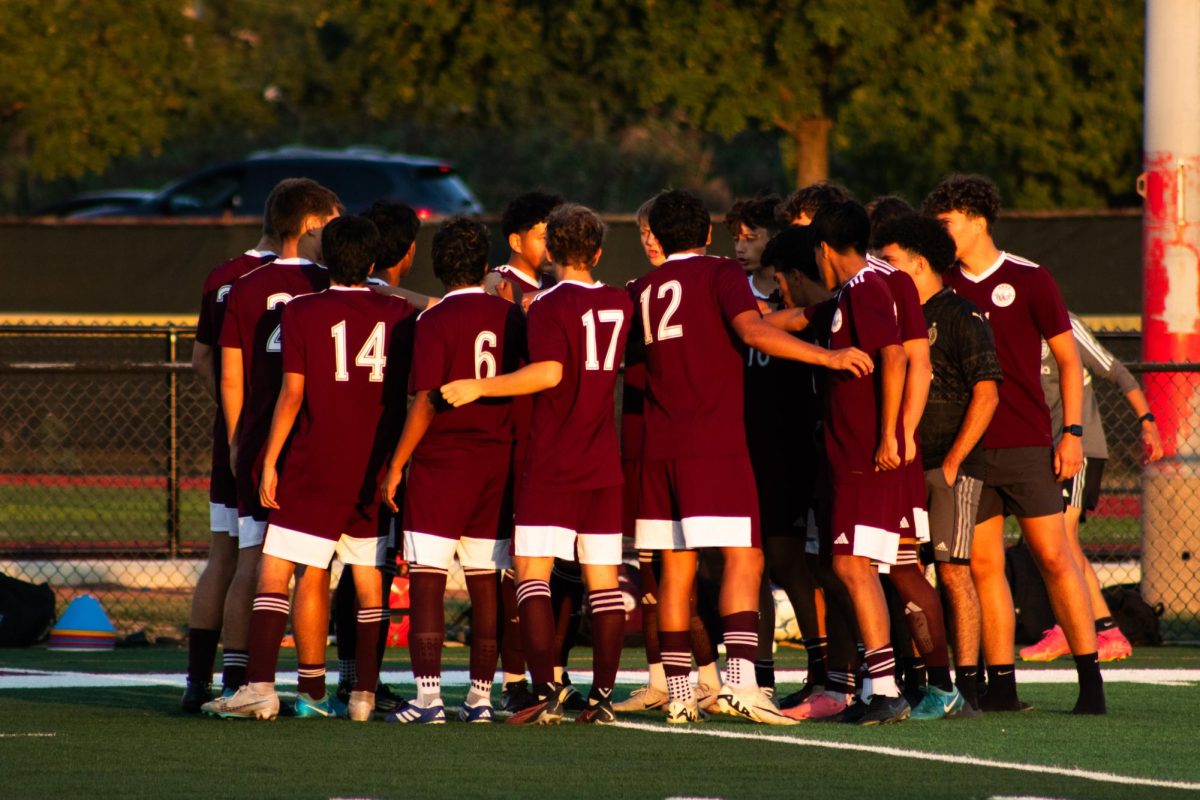Lack of drivers means mixed routes and overcrowding
October 10, 2022
Many students believe that Argo is solely responsible for the increasing lack of space on the busses, yet many different factors go into it.
“Usually, people are on top of each other or standing and it’s just not really a safe environment,” said Mena A. Sulieman, a sophomore at Argo. “I take the bus home every day…last year it happened almost every day.”
“I had to stand in the bus until someone got out on the first stop,” said Kalil Abusalem, a Sophomore at Argo. The lack of seating is a hazard issue for the students.
No one looks forward to being crammed with other people on a bus for 20 to 35 minutes, yet it is important to understand that the administration dislikes it just as much as the students do. Unfortunately, the issue is out of their hands.
In fact, last fall the Block Club Chicago noted around 2,100 Chicago public school students didn’t have a ride on their first day. They continue to say that the issue stems from the lack of drivers. The district still has 400 empty bus driver spots. The struggle for the lack of drivers seems to come from the testing.
“Not a lot of people can pass the test,” says Denise Ghaowi, the Dean for A-Ga. Ghaowi continues to say, “out of a hundred people who tested last year only 3 passed.”
Argo doesn’t have much power when it comes to the lack of drivers. It seems to be a statewide issue. Not many people want to be bus drivers and the ones that do have a hard time passing the test. Fewer drivers, in turn, leave fewer buses for students.
“We talked about possibly buying our own busses then we would have to staff them leading us back to the same issue,” says Ghaowi after being asked about a possible solution for this issue. “In the past, we’ve always had 18 or 19 busses. With the driver shortage, they only allowed us 16 busses. We had to combine the routes to fit all the students.”
It’s important to understand this issue doesn’t stem from a lack of trying. Combining the routes is the only solution that could still fit all the students. With routes meant for two busses or two different routes, sharing a bus can lead to overcrowding.
There are multiple perspectives on this issue and the fault doesn’t lie on one person, but rather on a series of events that lean on each other.
“Even the bus company wishes they had more drivers,” Ghaowi said. “Other schools are dealing with this too.”







